In this article I had explained how to download and install Visual Basic for free. But how to create the first application? Well in this article I'm going to explain how to create an application with Visual Basic.

I will not deal with the actual programming now, in fact I will write other articles on how to learn to program with Visual Basic. Rather, I describe the steps to get into the Visual Studio IDE and then allow programming in Visual Basic.
Create an application with Visual Basic
When Microsoft Visual Studio 2019 starts, from the Windows start menu, this screen opens. To create an application with Visual Basic, press the Create a new project. Alternatively, you can press Continue without code to enter directly into the Visual Studio integrated development environment (IDE).
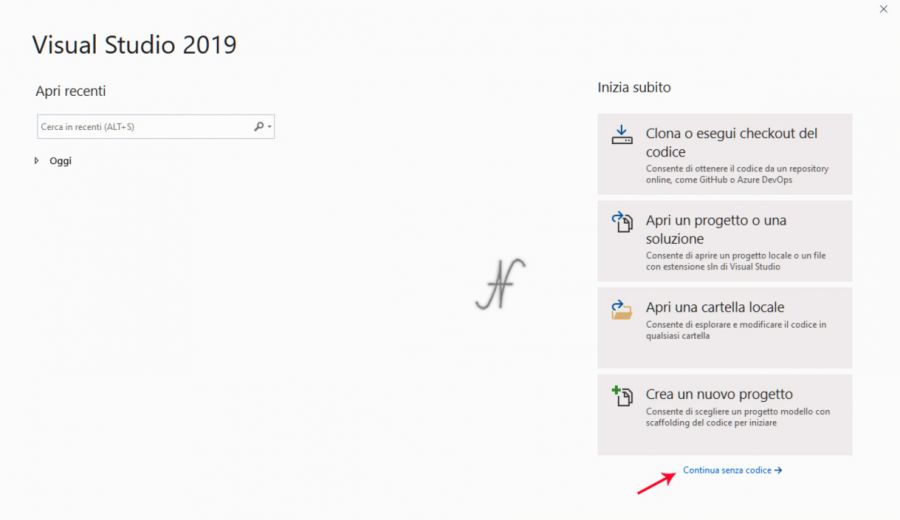
The Visual Studio IDE is the window (the environment) where you can create the forms (windows) of the applications that we are going to create and type the lines of the program. To create a new program with Visual Basic, starting from the IDE, click on the File, New, and finally on Project.
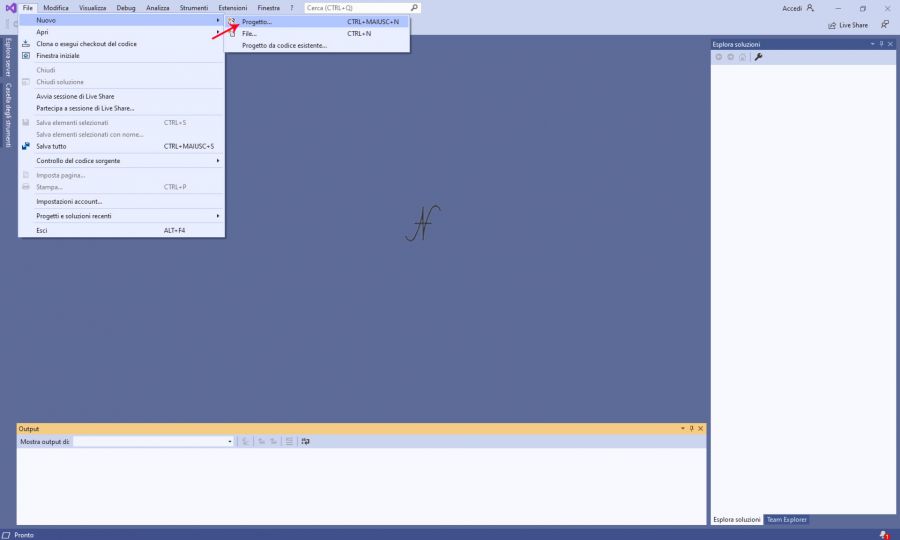
Microsoft Visual Studio allows you to program in various programming languages and also to create many types of applications. For this reason there are many choices.

To create a normal desktop application (a normal software for Windows PC, the one with windows and buttons, to be clear), from the window Create a new project, select, from the drop-down menus, Visual Basic and Windows, as specified in the image below.
With the selections you just made, the applications you can make in Visual Basic, for Windows operating system, are listed.
At this point, simply search and select Windows Forms Apps (.NET Framework) and then press Forward.
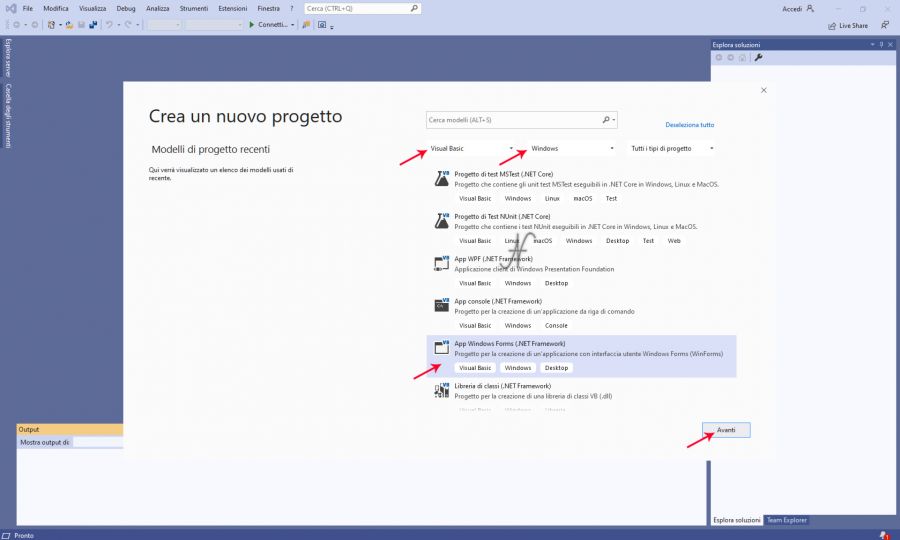
Application configuration
From the window Configure the new project, type the name of the project and solution. The solution is a project container. Initially, to make simple applications, you can give the same name to both the project and the solution.

Finally, you can create the application with Visual Basic by pressing the Create.
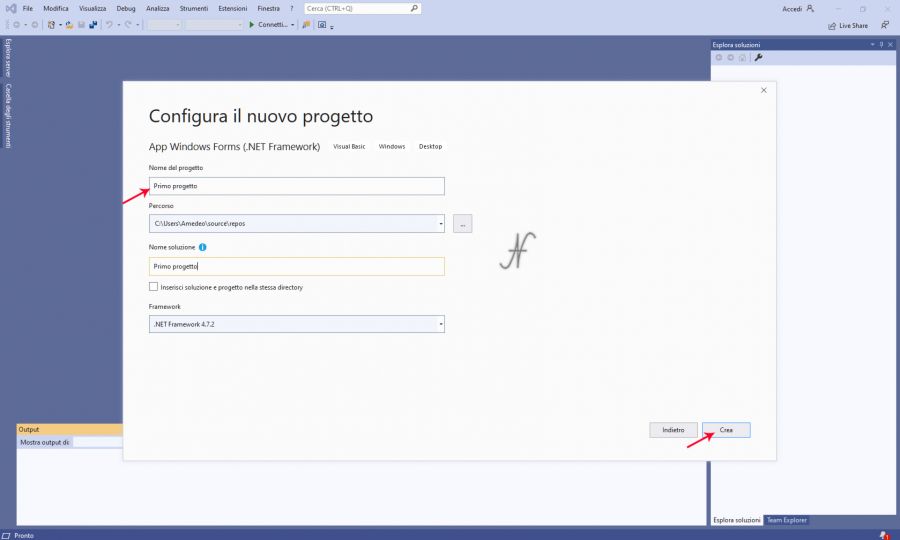
Here we go! Finally the IDE opens again with an empty form: it is a window on which you can add all the elements you want.
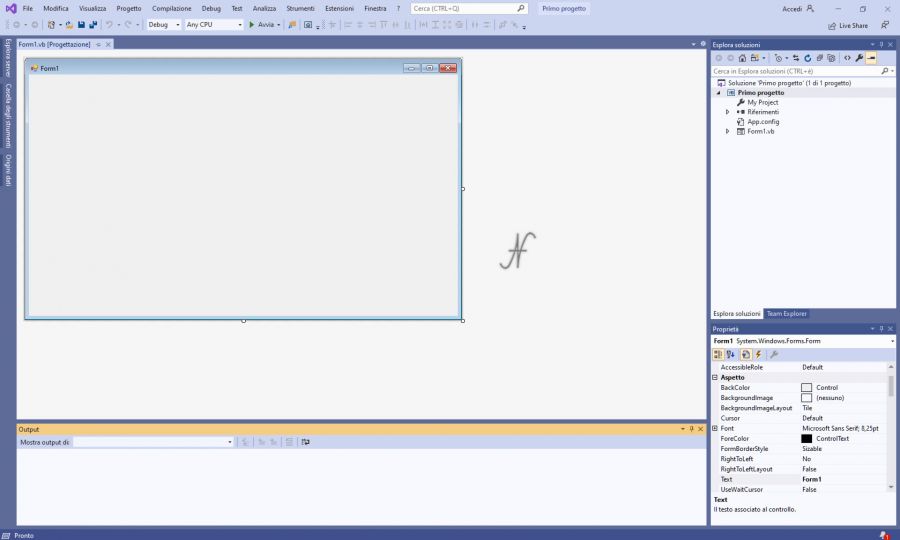
Subsequently, to open an App already configured, you can click on Open a project or solution, directly from the first window that opens when Visual Studio starts.
To insert controls within the form, for example texts, buttons, or even images, from the left sidebar you will have to open the Toolbox.

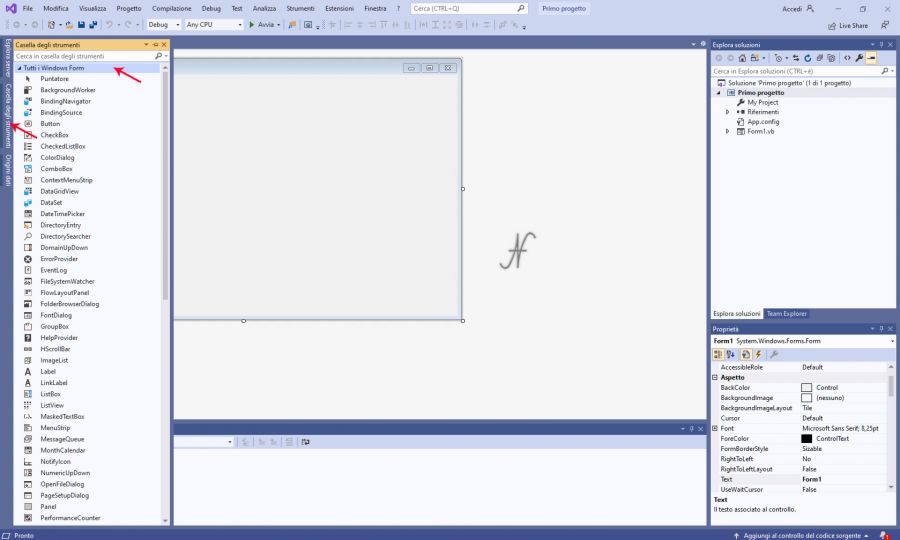
Inside the form, you can really insert many elements. After entering the elements in the empty window (the form), you will have to go and write the actual program, where we are going to define the functionality of the App and the behavior of the program that we are going to create.
Compatibility between Visual Basic 2010 and Visual Studio 2019
For the completeness of your needs, projects created with Visual Basic 2010 Express are perfectly compatible with the Visual Studio 2019 Community. The opposite is not equally true: Visual Basic 2010 refuses to open projects created with the latest versions.
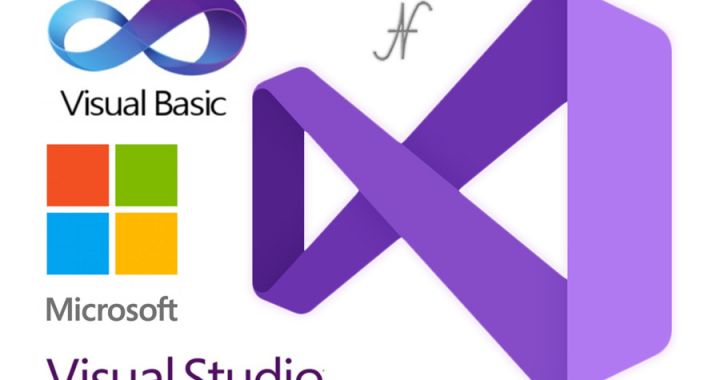
I couldn’t resist commenting. Perfectly written!
Thank you!
Whoah this weblog is fantastic, I like studying your posts about Basic.
Stay up the great work! You realize, lots of people are hunting round for this info, you could help them greatly.
Thank you!